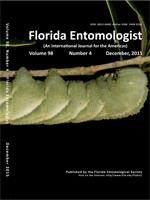RESEARCH PAPERS (12)
Articles (20)
SCIENTIFIC NOTES (12)
MISCELLANEOUS (1)

No abstract available
No abstract available
No abstract available
No abstract available
No abstract available
No abstract available
No abstract available
No abstract available
No abstract available
No abstract available
No abstract available
No abstract available
